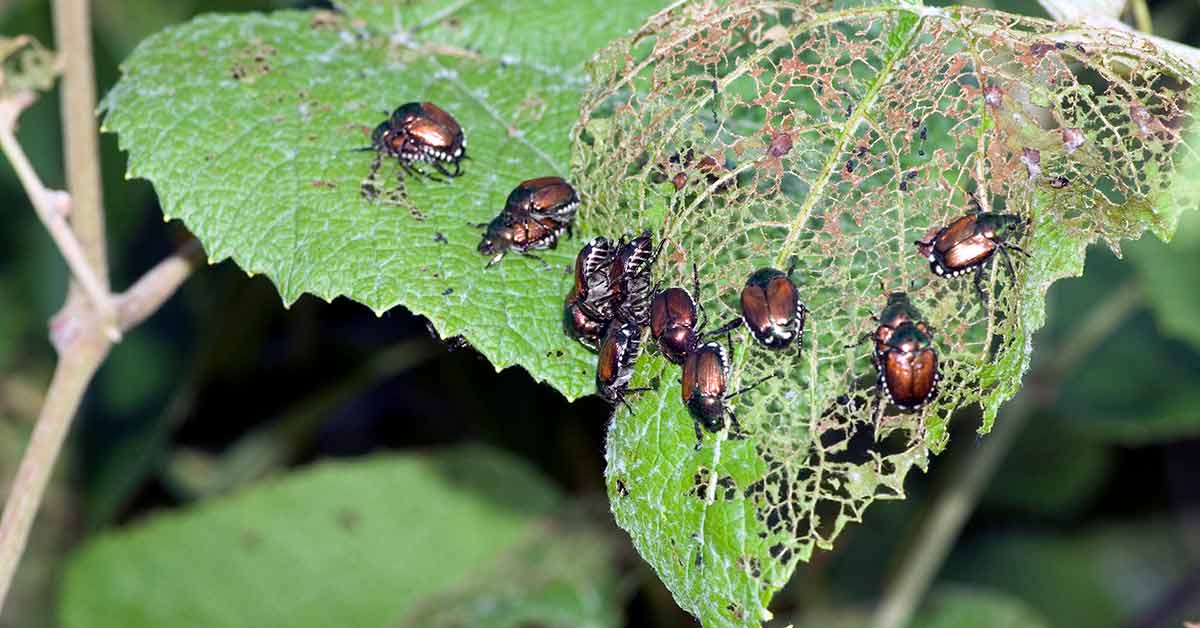Here at Jackson Tree Service, we primarily remove and treat large trees in St. Louis. However, we can also treat smaller trees and shrubs on your property. Large trees are usually treated with an injection into the trunk of the tree while smaller trees and shrubs are treated with a foliar spray treatment. Foliar spray treatment is a process where the fertilizer is applied to the leaves directly and travels down to the root system. Some of the more common shrubs and small trees in St. Louis. have pests that are a serious threat; we will cover those plants and their respective pests below.
Arborvitae Trees
These are popular small trees that are used for privacy, we even have some at our house. The problem with Arborvitaes is that bagworms are common, and these pests can cause mild to severe defoliation. These tree pests will ruin the privacy as well as the aesthetic value of Arborvitae trees. The optimal treatment timing is between May and June.
Tulip Trees
Tulip trees are hosts to one of the most common pests in the country – Aphids. They feed on the underside of leaves and cause yellowing, eventually browning, and leaf drop. For most people, however, it is the sticky substance called honeydew that is most undesirable. It can create a sticky mess when it drops from the tree onto sidewalks, nearby cars, and maybe even on your head if you are really unlucky. One more thing about honeydew that some people may not like is that it attracts bees and wasps. The optimal treatment timing is sometime between April and June.

Evergreen Trees
All evergreen trees are susceptible to spruce spider mites, but spruces are particularly at risk (the Dwarf Alberta spruce is most susceptible). The first signs of damage are the needles turning to an off-green color and little spots appearing on the needles. In the mid-summer, the inner needles of the tree will turn brown and fall off prematurely. In severe cases of infestation, entire branches can defoliate and fall off, leaving gaps in the tree’s canopy. The optimal time to treat spider mites is April and May, and then later between September and October.
Japanese Maples
Japanese Maples are one of the more common trees I see in the St. Louis neighborhoods. They are beautiful trees, but there is a pest that is looking to cause severe defoliation and ruin the appearance of your beautiful trees! This pest is called the Japanese Beetle, and it can populate quickly. The beetle prefers trees that get a lot of sunlight, and once the beetle has made your tree its home, it will emit a scent that will bring a swarm of beetles to your tree.
Beetles emerge from the ground in mid-June and will be gone from the tree by late August, having already done their damage. While we tend to see this pest on a lot of Japanese Maples, the beetle can also be found on Norway maples, pin oaks, crabapples, and linden trees. The optimal time to treat this pest is between early May and June.
If you care about the aesthetic value of your landscape, then we recommend taking care of your trees and preventing these pests from doing their best work. Have our certified arborist inspect your trees and set up a plant healthcare program to keep them in their best shape. Schedule a free estimate today!

